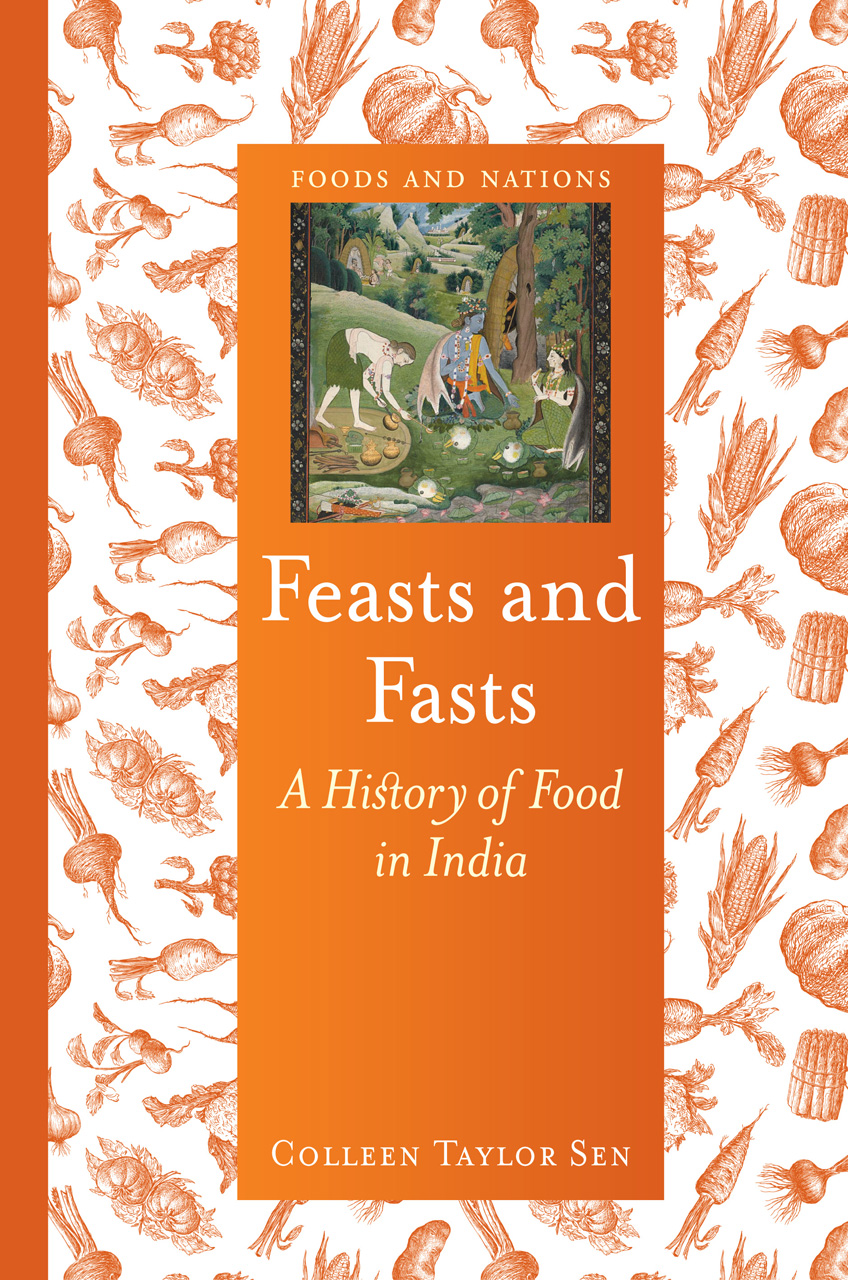And Chess Freak
“Before I met Colleen Taylor Sen in Chicago in May, she shared with me several lunch options, but I knew I had to have a sub-continental meal with her, for she is without doubt the most diligent chronicler of the culinary history of our part of the world than anyone else before and after the late KT Achaya,” Sourish Bhattacharyya writes for the Daily Mail.
“On Colleen’s suggestion, we had lunch at Mishthan, a Bangladeshi restaurant on Devon Avenue (Chicago’s Little India), which seemed far more appetizing than the competition.
“We were joined by her husband, Ashish Sen, an acclaimed authority on transportation statistics and an influential Democrat who has served the Clinton administration and is now the vice-chairman of the Chicago Transit Authority.”
*
Ashish was born in Delhi and attended the University of Toronto before winding up in Chicago.
Colleen was born in Toronto and attended Columbia University in New York before winding up in Chicago.
*

“Only she could have written a book as conversationally written and loaded with delicious facts as Feasts and Fasts: A History of Food in India (Speaking Tiger; Rs 699) – the depth of her scholarship reveals her abiding interest in the subject, which dates back to her first visit to India in 1972, and her prose is easier to digest than that of Achaya, the Mysore-based food scientist who wrote the benchmark-setting volume, A Historical Dictionary of Indian Food.
“Colleen, interestingly, is neither a historian (her Ph.D from Columbia University is in Slavic languages), nor a food writer by training.
“It was marriage that brought her in touch with Indian food and she developed a lifelong interest in the subject, writing copiously for newspapers and journals across North America, and contributing year after year to the Oxford Symposium on Food and Cookery.”
*
From the University of Chicago Press:
“From dal to samosas, paneer to vindaloo, dosa to naan, Indian food is diverse and wide-ranging – unsurprising when you consider India’s incredible range of climates, languages, religions, tribes, and customs.
“Its cuisine differs from north to south, yet what is it that makes Indian food recognizably Indian, and how did it get that way?
“To answer those questions, Colleen Taylor Sen examines the diet of the Indian subcontinent for thousands of years, describing the country’s cuisine in the context of its religious, moral, social, and philosophical development.”
*
From Wikipedia:
“After completing her Ph.D, she participated in chess competitions, analyzed chess games for Channel 11, and was profiled in the Sun Times [in 1972] for her skills in playing chess.”
*
Sen also wrote restaurant reviews for years for both the Sun-Times and Tribune.
For example:
1. Katsu: Comfy For Sushi.
October 23, 1996, Sun-Times.
“Katsu is a place where you can drop by for a bowl of steaming noodles or a dish of freshly sliced sushi, a glass of beer or sake, and pleasant conversation with chef-owner Katsushi Imamura (‘Katsu’ for short) and his delightful wife, Haruko, about sports, opera or the price of sushi in Japan.”
*
2. Malabar Meals ‘Light’ Dishes From The Indian State Of Kerala Are Built Around Its Celebrated Spices.
July 8, 1993, Tribune.
“Malayalis (as people from Kerala are called) are proud of their distinctive cuisine, which reflects their cultural and religious diversity and the bounty of their state. Though small in area-less than one-third the size of Illinois with a population of 25 million-Kerala is a state of astonishing beauty and considerable natural diversity. Its landscape is covered with coconut groves, banana trees, rice paddies, coffee and spice plantations as well as kitchen vegetable gardens. The state has hundreds of miles of coastline along with freshwater and saltwater lagoons teeming with fish and seafood.
“The most commonly used spices in the cuisine of Kerala are black pepper, ginger, mustard seed, fenugreek, coriander and curry leaves. Plantains (green bananas) are a favorite for curries or stewed in buttermilk. The traditional cooking medium in Kerala traditionally was coconut oil, which is extremely high in saturated fats. However, today health-conscious Malayalis substitute peanut or vegetable oil.
“Non-vegetarian Malayalis may add a fish dish, such as meen moli (fish or shrimp that is lightly fried and then served in a coconut gravy). Meen moli usually is served with rice (Malayalis prefer parboiled rice to the North Indian varieties, such as basmati) or with the most famous Kerala dish, wellayappam, or appam for short. Made from a dough of fermented rice flour and water, this disc-shaped pancake is fried in a little oil in a woklike pot so that it is hard on the outside and soft on the inside. Malayalis may eat appams at all meals, including breakfast, but Chicago-areal Malayalis generally reserve them for special events, such as religious festivals.”
–
Comments welcome.
Posted on June 23, 2016


